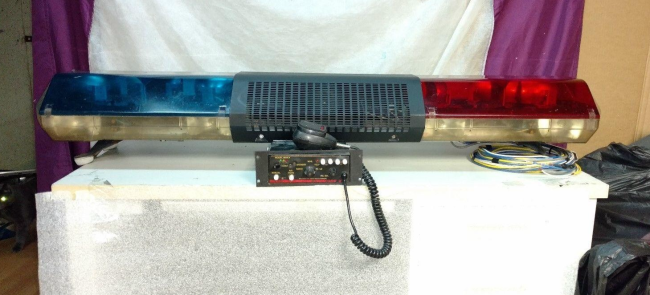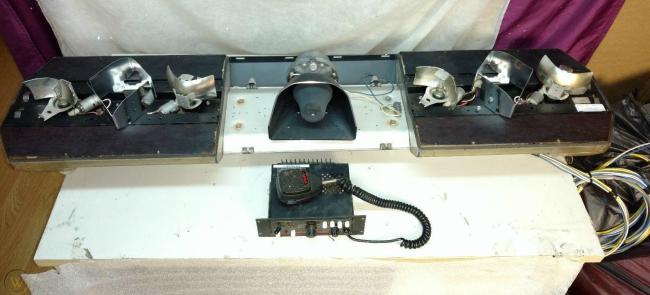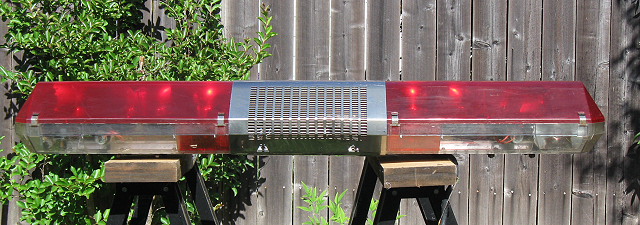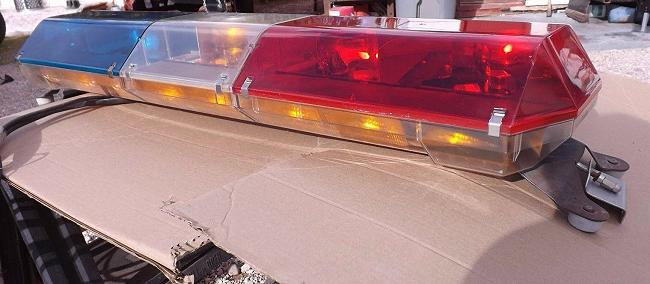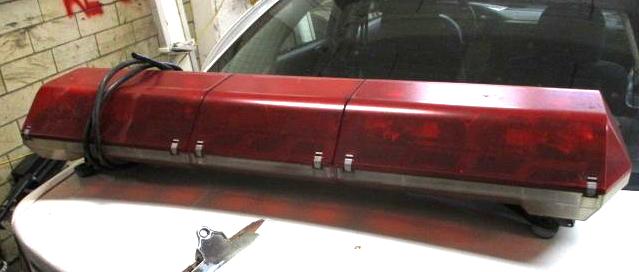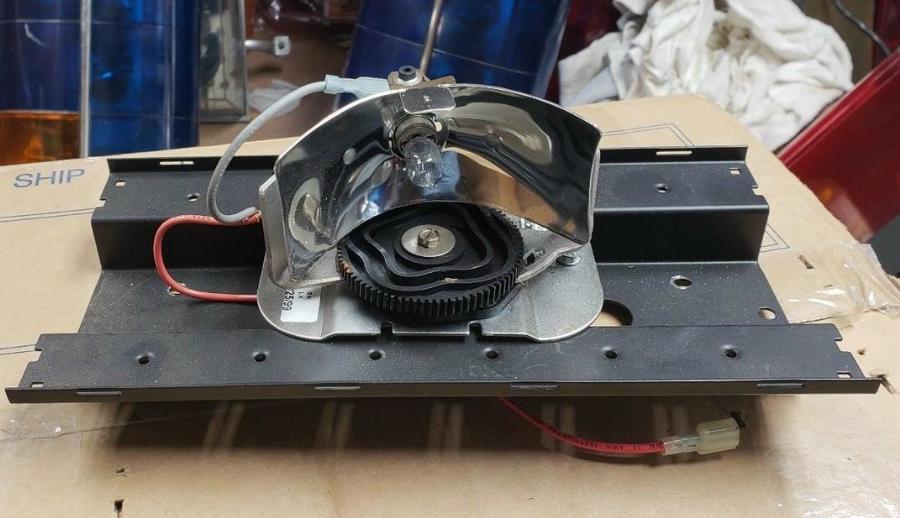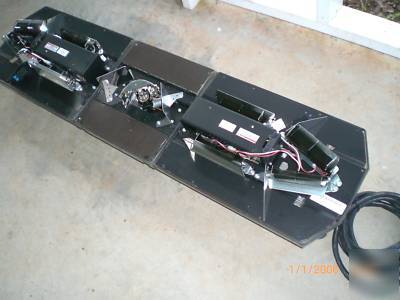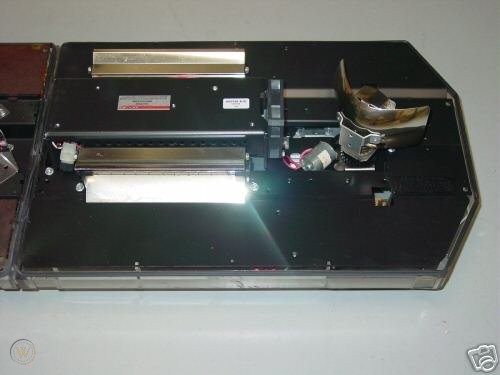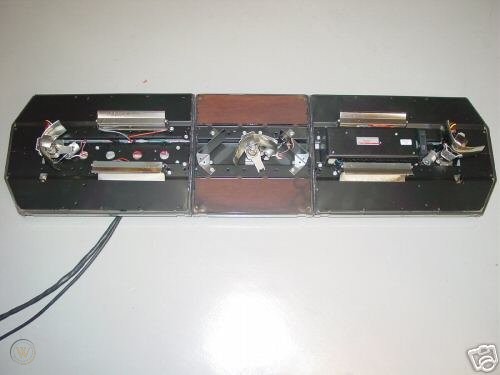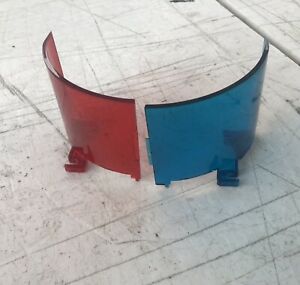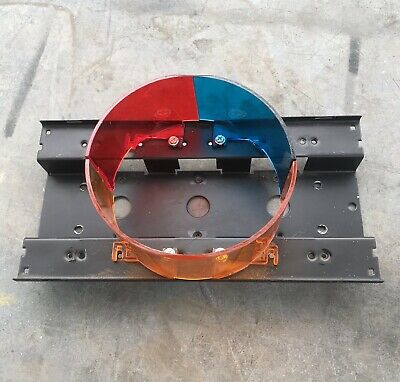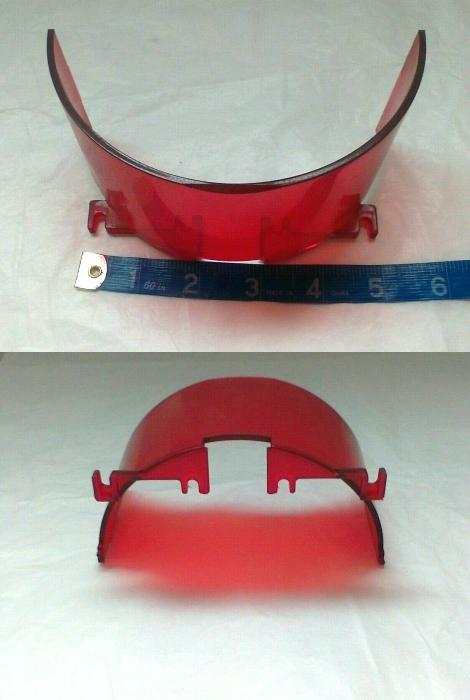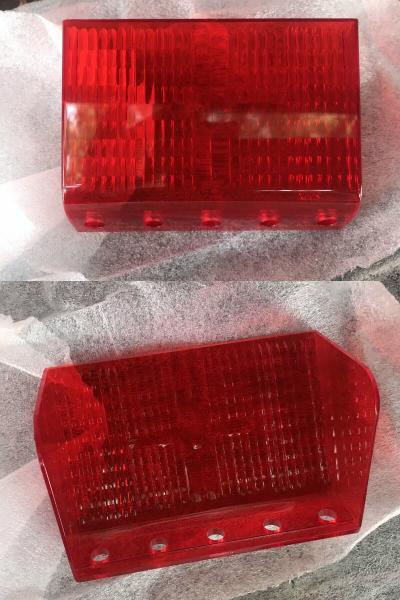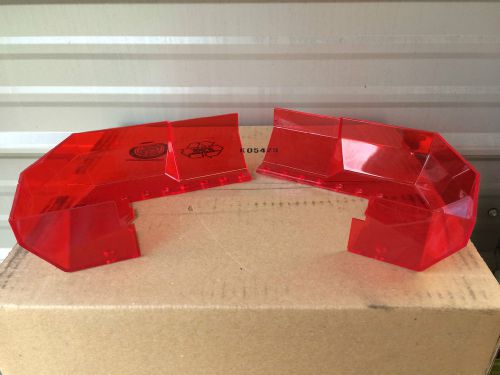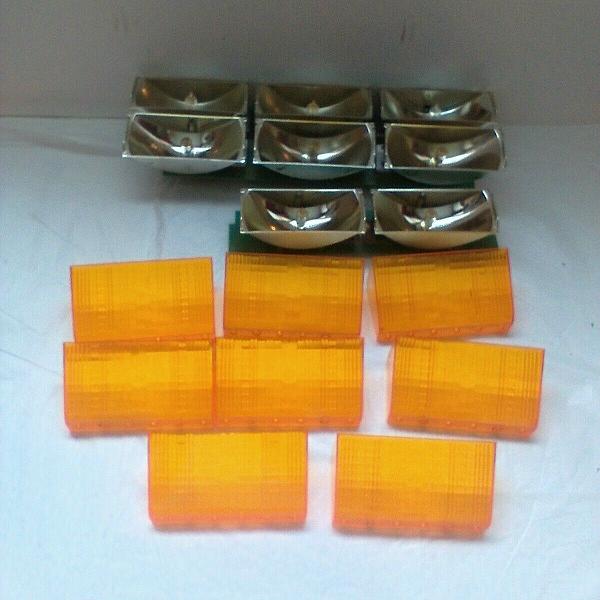The Code 3 MX-7000 (MX7000) is my favorite halogen lightbar of all the halogen lightbars ever built. I consider them the Lego’s of lightbars.
The Code 3 MX-7000 came in to use in 1988, and I first used one in 1989 when I was a police officer.
The innovative dual-deck shape of the MX7000 gives you everything you want in a lightbar.
Features:
• 18”, 36”, 47”, 52”, 58”, 69” & 80” versions
• Halogen, strobe & strobe/halogen combinations
• Standard NFPA-compliant models
• Red, blue, amber, green & clear lens colors
• Standard and Build-Your-Own options
• Optional speaker section
• A built-in ArrowStik in 3 lengths
• Sweeping intersection and multi-function & intersection lights
• Opticom™ option
• OsciLaser™ option
• Lower level flashers
Options:
The dual deck design allowed the MX-7000 to have standard and fast rotators, strobe lights, and rotator and strobe light combinations on the top deck, The lower tray (bottom deck) allowed room for stationary lights, alley lights, intersection sweeps, and a directional arrow. The great thing about that was that the alley and stationary lights didn’t obstruct the rotators and strobes. You could have multiple flashers, take down lights, or flasher and take down light combinations. It also allowed you to have a direction light (Arrowstik) incorporated in the back of the lightbar. Another neat option was that some intersection sweeps could function as intersection sweeps, take down lights, and alley lights.
The center section could either be had with a siren speaker with a metal grill cover, a solid black center cover, and a clear center section with either a rotator or Stingray. The StingRay is a modified rotator which produces a patented three-mode signal that (1) oscillates to the rear, (2) rotates conventionally, and (3) oscillates to the front.
If you used clear domes, then you had the option of using colored filters. They came as a filter that attached to the rotator, or 1/2 or 1/4 round filters that mounted to the base around the rotator to offer a split color option.
Likewise, the lower tray came with optional color filters that attached to the tray in front of the light. Even the intersection sweeps had optional color filters that attached to the base in front of the light assembly.
Above is a MX-7000 with clear lenses with red and blue 1/2 round filters around the rotators. The stationary lights in the bottom tray have red and blue filters as well. Also note the clear center section with a rotator in it.
Here’s a MX-7000 with a speaker grill with a siren speaker mounted in the center.
The speakers came both plain metal and black.
This Code 3 MX-7000 has an Arrowstik in the rear bottom tray for directing traffic. Also note that the center section has a clear lens with an amber 1/2 circle filter. The filter is likely on on the rear so it flashes amber to the rear, and clear to the front.
This MX-7000 has a black center cover instead of a light or siren. In the early 90’s health and safety requirements required that siren speakers be removed from the roof (over the occupants) and relocated to the front of the vehicle.
The center section all came as a red, blue or amber lens. Here’s an all red Code 3 MX-7000.
The MX-7000 is made up of an aluminum base, two end trays, a center tray, and lenses. Here’s an MX-7000 from a fire truck. You can see that it uses a wider aluminum frame with an extra center section to give it a wider width for the trucks wider roof.
Here is a Code 3 OsciLaser for the MX-7000, and below is a video showing how they operate.
Above are a set of Code 3 MX-7000 intersection sweep lights.
Here are two Code 3 MX-7000 strobes with a power supply.
Above is a Code 3 MX-7000 all strobe with a center rotator.
Here is a code 3 MX-7000 strobe with outboard rotators and a center rotator.
In the photo above you can see that this MX-7000 has the strobe and outboard rotator combination.
Filters:
Here is an amber filter mounted directly to the rotating light assembly.
Here are a red and blue quarter round filter that mounts to the base around the rotating light assembly.
Here is what they would look like mated with an amber half round filter. With a rotator in place, it would flash blue and red to the front, and amber to the rear.
Above is a Code 3 MX-7000 1/2 round red filter.
Above is a Code 3 red filter for the lower tray.
If you didn’t want your intersection sweep to flash a clear white light, you could add a filter to the lower tray such as these red ones.
Here are the light modules and amber filters for the Arrowstik option.
Videos:
End of Service:
I’m not sure when Code 3 stopped offering the MX-7000, but they listed it on their website until the fall of 2018.
Links:
Code 3 Installation & Operation Manual
More Photos:
Click the photos to enlarge.



